The natural world is filled with extraordinary examples of resilience and renewal, but few captivate scientists quite like the hydra - a tiny freshwater creature possessing what appears to be biological immortality. This centimeter-long invertebrate, named after the mythical multi-headed serpent that grew two new heads for each one severed, demonstrates regeneration capabilities that border on science fiction.
Discovered in 1702 by Antonie van Leeuwenhoek and later described in detail by Abraham Trembley, the hydra has fascinated biologists for centuries. What makes this simple organism so remarkable isn't just its ability to regenerate lost tentacles or damaged tissue, but its apparent defiance of the aging process itself. While most organisms show signs of cellular degeneration over time, hydras maintained in laboratory conditions show no measurable signs of biological aging.
The secret lies in the hydra's unique cellular composition. Approximately 50-60% of its body consists of stem cells that remain perpetually active throughout the creature's lifespan. These cells continuously divide and differentiate, replacing older cells at a rate that maintains perfect tissue homeostasis. Unlike human stem cells which have limited division cycles before becoming senescent, hydra stem cells appear exempt from such restrictions.
Researchers at the University of California, Davis made a breakthrough discovery when they identified the FoxO gene as playing a critical role in hydra regeneration. This "fountain of youth" gene, which humans possess in a similar form, remains constantly active in hydra cells. When scientists suppressed FoxO expression, they observed the hydra's stem cells beginning to age normally, losing their regenerative properties. This finding suggests our own version of FoxO might hold untapped potential for human medicine.
The mechanics of hydra regeneration follow an almost algorithmic precision. When bisected, the lower half will regenerate a new head within about three days, while the upper portion grows a new foot. Even when dissected into dozens of pieces, each fragment containing at least a few hundred cells can reorganize into a complete, functional organism. This occurs because hydra cells retain positional memory - they "know" their original location relative to the body axis and can reprogram accordingly.
Recent studies at the University of Geneva revealed another astonishing capability: hydras can completely regenerate their nervous system within five days of it being destroyed. This challenges fundamental assumptions about neural regeneration and provides hope for treating spinal cord injuries and neurodegenerative diseases. The creature's simple neural net (consisting of about 5,000 neurons compared to humans' 86 billion) rebuilds with perfect functional restoration.
What makes hydra regeneration particularly intriguing is its energy efficiency. Unlike salamanders or starfish that require substantial metabolic resources to regrow limbs, hydras accomplish complete regeneration while maintaining normal feeding and locomotion behaviors. This suggests their regenerative processes are deeply integrated into baseline physiology rather than being an emergency response mechanism.
The extracellular matrix (ECM) in hydras plays a crucial role as a regeneration scaffold. This collagen-rich structure maintains positional information even when cells are damaged or removed, serving as a blueprint for reconstruction. Scientists are now attempting to replicate this ECM technology for human tissue engineering applications, with promising early results in skin regeneration experiments.
From an evolutionary perspective, hydra's regenerative abilities raise fascinating questions. Most complex organisms traded extensive regeneration capabilities for specialized tissues and organs. Hydras represent an ancient lineage that perfected regeneration instead of complexity, surviving virtually unchanged for hundreds of millions of years. Their strategy proves remarkably successful - hydras exist worldwide in freshwater environments with few natural predators, likely due to their near-indestructibility.
Medical researchers are particularly interested in hydra's resistance to cancer. Despite having hyperactive cell proliferation that should theoretically lead to frequent tumors, hydras almost never develop malignancies. Their secret appears to be an extremely efficient cell quality control system that eliminates abnormal cells before they can proliferate. Understanding this mechanism could revolutionize cancer prevention approaches in humans.
The creature's microbiome also contributes to its regenerative powers. Recent studies show that antibiotic-treated hydras with depleted microbiomes regenerate significantly slower than their counterparts with normal bacterial populations. This suggests a symbiotic relationship where certain bacteria produce molecules that facilitate tissue regrowth - a phenomenon also observed in some salamanders and zebrafish.
Challenges remain in translating hydra biology to human medicine. While we share many homologous genes, the evolutionary distance between cnidarians and mammals is vast. However, several research teams have successfully activated enhanced regeneration in mice by manipulating genes analogous to those controlling hydra regeneration, proving that at least some mechanisms might be transferable.
Beyond medical applications, hydras offer insights into fundamental biological questions about immortality, tissue organization, and evolutionary trade-offs. These unassuming creatures continue to surprise researchers - recent observations documented hydras surviving freezing, extreme radiation, and oxygen deprivation that would kill most other animals, only to regenerate completely when conditions improve.
As biotechnology advances, the humble hydra stands as both a reminder of nature's ingenuity and a promising roadmap for revolutionary medical treatments. Their silent existence in ponds and streams across the globe may hold keys to overcoming some of humanity's most persistent biological limitations. The mythical Hydra's regenerative powers inspired ancient stories; its real-world namesake might one day inspire scientific revolutions.
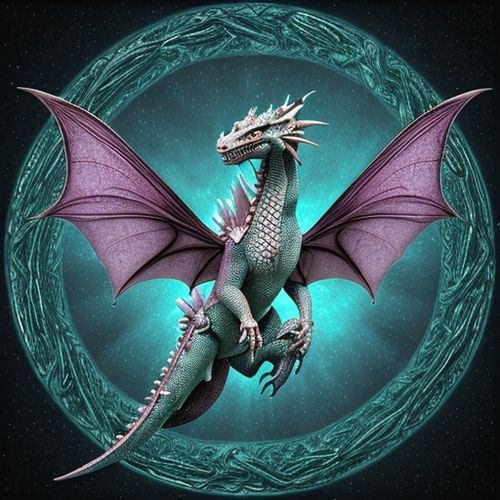
By James Moore/Apr 29, 2025
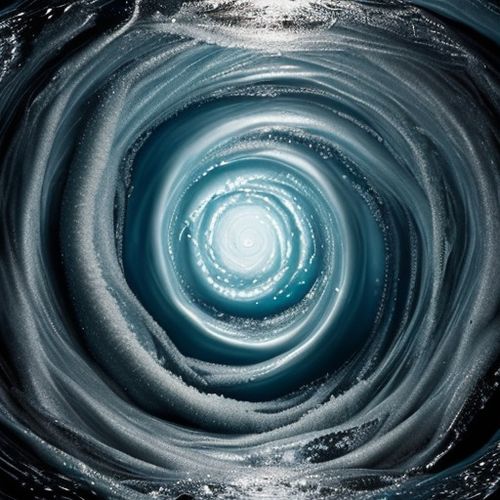
By Lily Simpson/Apr 29, 2025
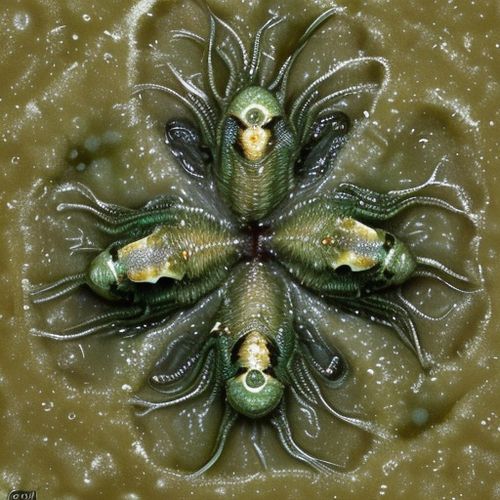
By Emma Thompson/Apr 29, 2025
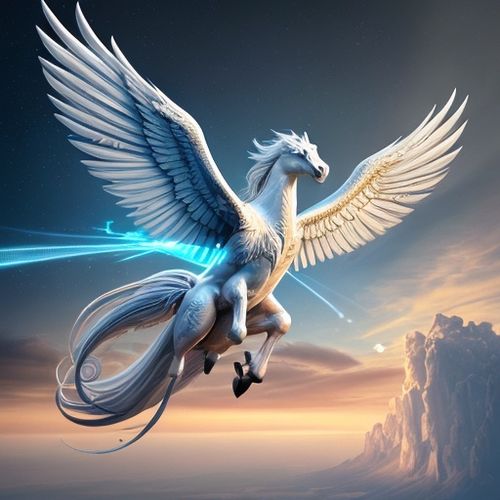
By Natalie Campbell/Apr 29, 2025
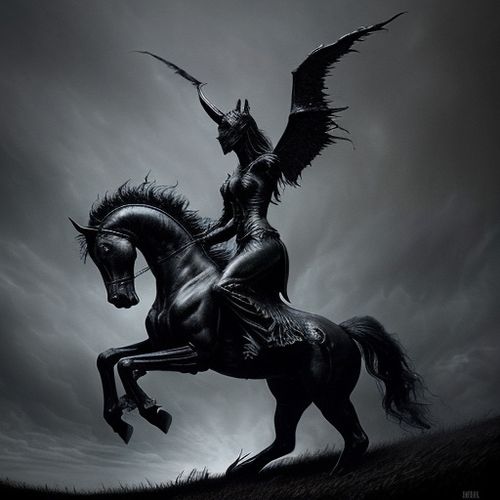
By William Miller/Apr 29, 2025

By Grace Cox/Apr 29, 2025
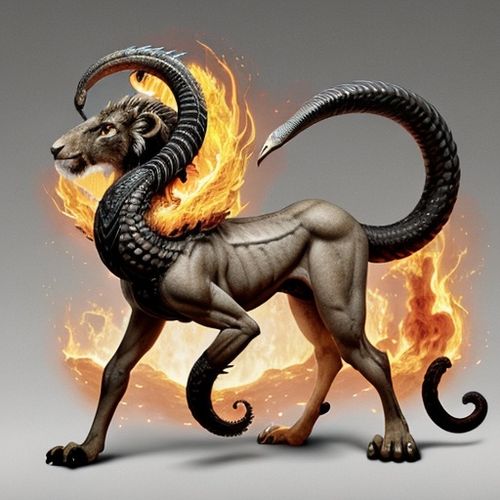
By James Moore/Apr 29, 2025
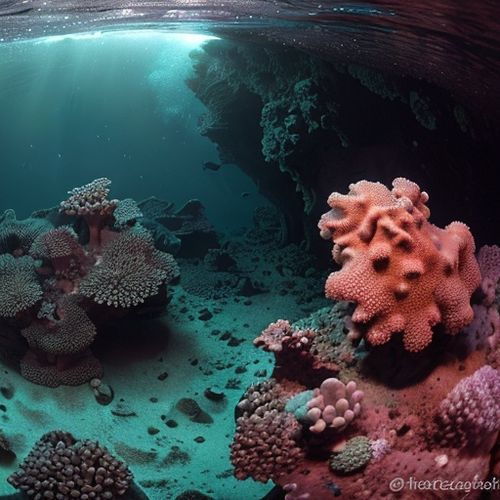
By Eric Ward/Apr 29, 2025
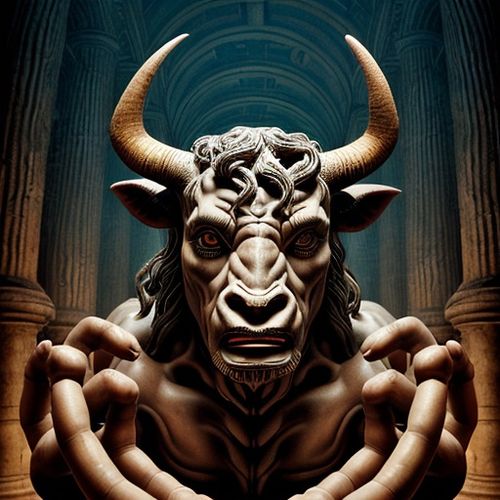
By Noah Bell/Apr 29, 2025
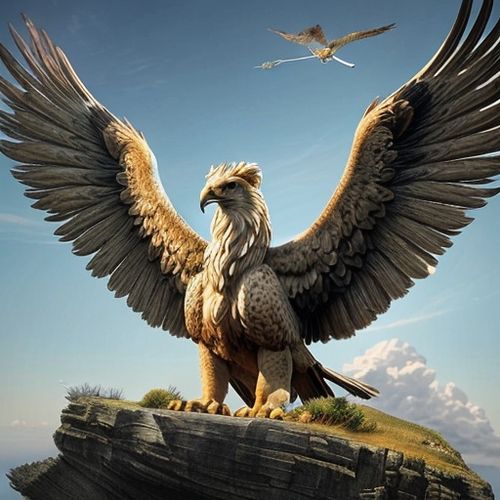
By Victoria Gonzalez/Apr 29, 2025
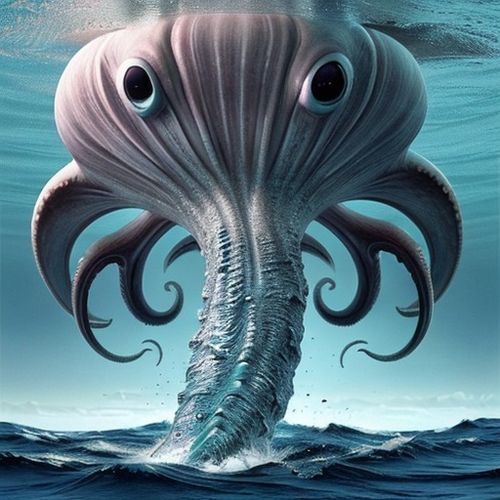
By Natalie Campbell/Apr 29, 2025
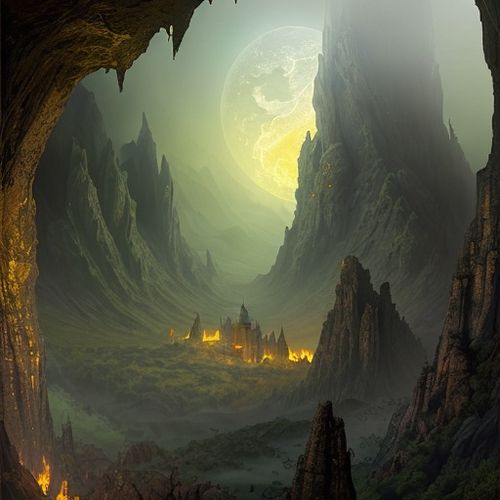
By Eric Ward/Apr 29, 2025

By Sarah Davis/Apr 29, 2025

By Emma Thompson/Apr 29, 2025

By Megan Clark/Apr 29, 2025
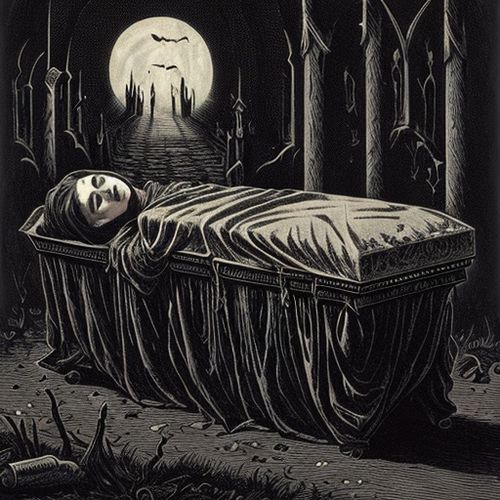
By Lily Simpson/Apr 29, 2025
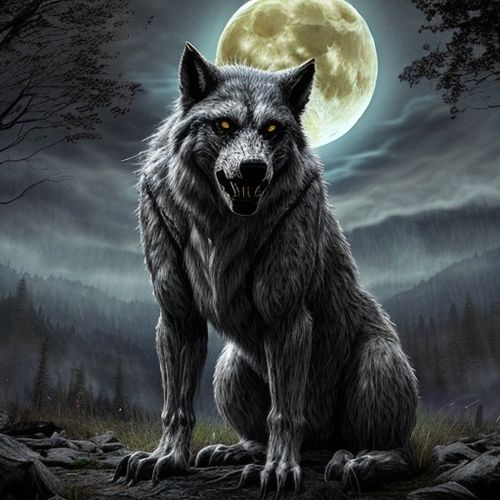
By William Miller/Apr 29, 2025
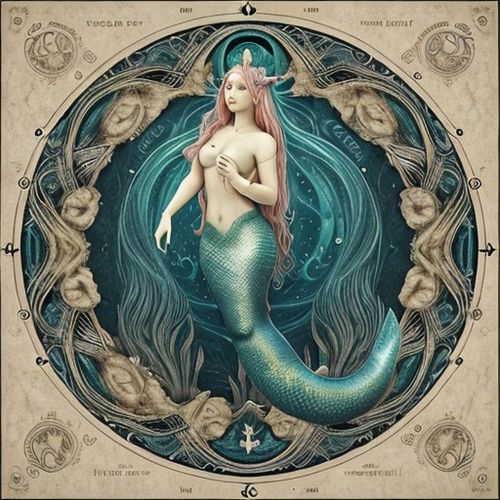
By Rebecca Stewart/Apr 29, 2025
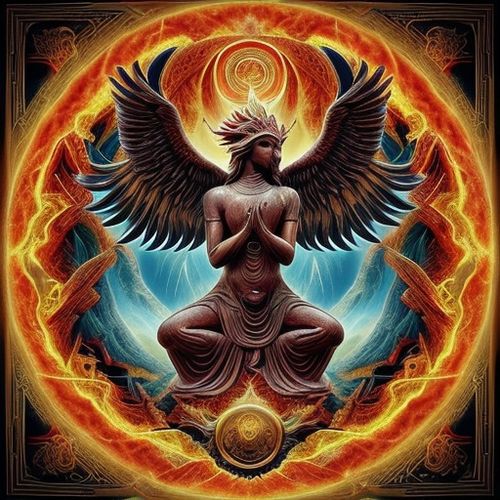
By Rebecca Stewart/Apr 29, 2025